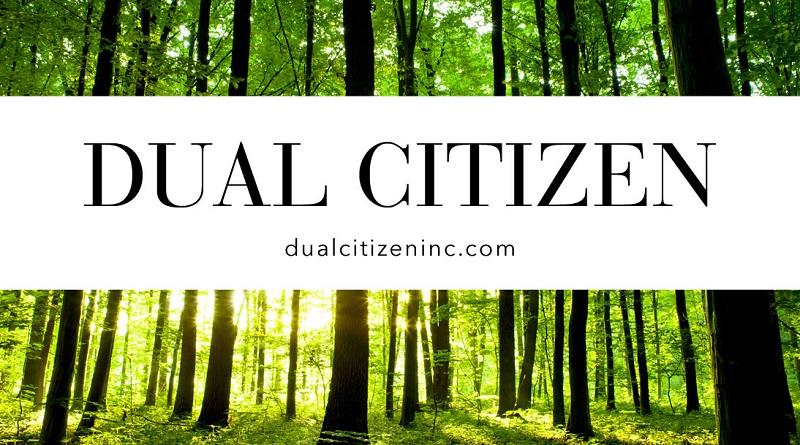How green – environmentally friendly – is your economy? More and more investors, journalists and policy makers are likely to ask this question to national investment promotion agencies, governments and business leaders. Sustainability matters in the context of country reputation and attractiveness.
The Global Green Economy Index by Jeremy Tamanini of Dual Citizen in the USA measures just that. With the latest (2018) version just launched, we caught up with Jeremy to hear about the key findings: which countries have seen the strongest improvements and which are lagging behind. Plus, the broader trends influencing green economies at the moment.
Jeremy, which findings of the 2018 Global Green Economy Index do you find the most intriguing?
The 2018 GGEI tracks 130 countries, up from 80 in the last (2016) edition. Many of the new countries added are in Africa. These countries are low contributors to global emissions, often have high contributions of renewable energy to electricity production, and poor environmental performance. Their populations are extremely vulnerable to climate change, particularly in economies with high levels of dependency on sectors like agriculture, fisheries and forests. This is a necessary reminder of climate justice: while richer countries bear most of the responsibility for historic emissions, poorer ones will bear the greatest consequences.
Which countries have seen the strongest increase in green economy performance? And which the strongest decline?
Smaller countries with consistent focus on green growth continue to improve their GGEI results. These improved countries cut across geographies and country income levels and include: the Nordic countries in Europe; Costa Rica, Uruguay and Colombia in Latin America; Kenya in Africa; and Taiwan and Singapore in Asia.
Many countries with high GDP growth rates in recent years – including Cambodia, Laos, Myanmar and the Philippines – are seeing declining performance. Also, GGEI results across the EU are quite uneven, with the top GGEI performers counterbalanced by poor results in the Baltic states, Bulgaria and Poland.
Looking back over the last years, which trends do you observe, with regard to economic development linked to sustainability performance, across your criteria?
Green country branding and economic development are clearly linked. Countries that are serious about educating global investors, business leaders, policymakers and tourists about their sustainability credentials see strong growth in terms of business creation and jobs.
Because a “green” economy can now refer to so many different sub-sectors, this messaging will need to become more specific and sophisticated in the next decade.
Why this study in the first place? What motivates you to publish it?
Place branding and sustainability have always been two core professional interests of mine. The GGEI combines both into an integrated measurement framework. A key motivation in the past couple of years has been the significant uptick in usage of the GGEI. This is not just our clients and partners, but also students from all over the world who are studying this topic in ways that were not as popular 8 years ago when the GGEI was first published.
How does the Global Green Economy Index work, in terms of methodology?
The GGEI methodology draws from guidelines published through the OECD Handbook on Constructing Composite Indicators. We have also consulted extensively with the publishers of other leading indices in this field to learn from their methodological approaches to similar measurement challenges.
Publishing an index like the GGEI is ultimately a series of decisions, often balancing the depth and breadth of issues covered against the available data.
Furthermore, the concept of “green economy” is still a nascent one, gradually becoming more defined as the theoretical and practical parts of it are tested and developed. The Dual Citizen website offers a more in-depth description of how we have addressed methodological steps and challenges in calculating the 2018 GGEI.
Thank you, Jeremy.
More about Jeremy’s work in our interview.
Enjoyed our Q&A with Jeremy Tamanini about the 2018 Global Green Economy Index – findings and methodology? Spread the word!


